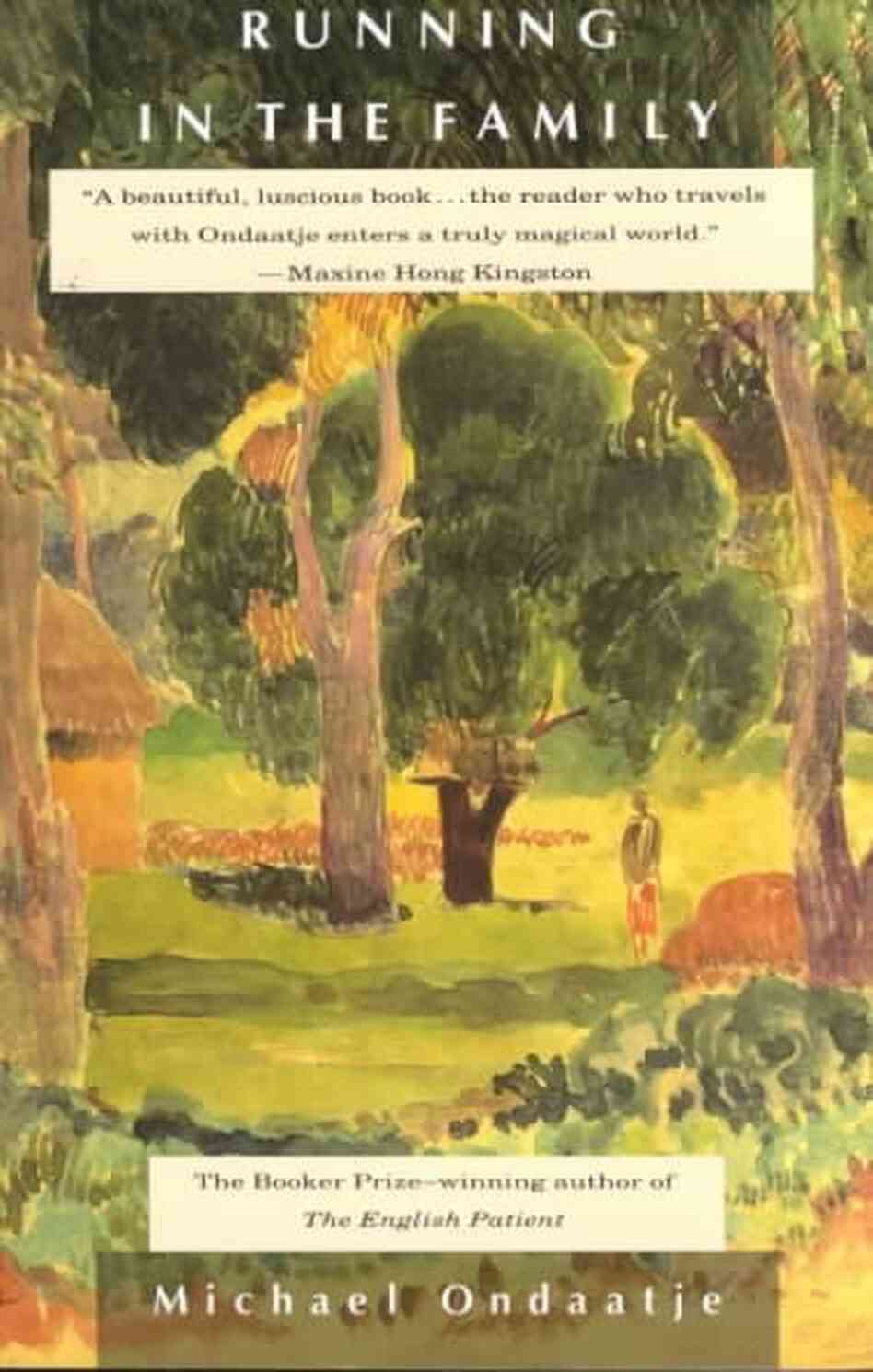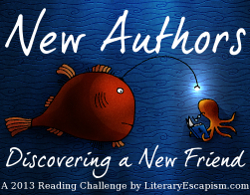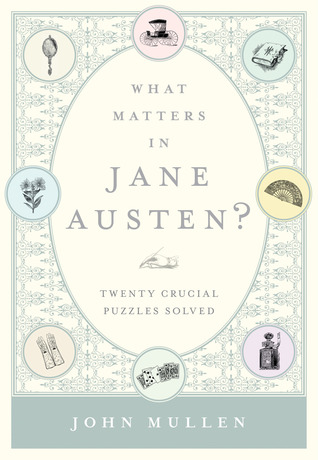Source: Borrowed from Diary of an Eccentric
Hardcover, 352 pages
I am an Amazon Affiliate
The Time Between by Karen White is undulating between the past and present of Eleanor Murray and Helena Szarka’s lives as they find they have more in common than how they feel the piano music they play. Eleanor and her sister Eve’s relationship was severed by a childhood prank that festered and paralyzed them both, while Helena is an aging woman who has been close to death more than once. As Helena delves into the deep secrets Eleanor is keeping, Eleanor does the same behind closed doors. White balances the WWII past with the present beautifully, crafting a novel that juxtaposes the past and the present in a way that uncovers how second chances can be easily missed or taken by the horns.
“She taught us that building baskets was like building a life, finding materials from different places–bits and pieces with their own purpose–and creating a vessel that could pour out or keep in. I thought about this now, driving to Edisto, wondering what sort of basket my life would be and what it would be named.” (page 67 ARC)
Caring for the aging Helena for her boss, Finn, Eleanor begins to reconnect with the past she has forgotten and the dreams she once had, but at the same time she’s struggling to reconcile the spark of dreams rekindled with the harrowing guilt of her past. Like Helena, the guilt has weighed Eleanor down so heavily to the point at which she cannot move without the approval of her conscience. She has set aside her life in favor of other’s needs and they have let her because of their own guilt and shame, as Helena has done for more than 50 years. White brings Charleston and Edisto to life, immersing the reader into the marshes, the salt spray, and the wildness of town life.
She brings about the juxtaposition of Charleston’s upper crust life and the busy go-go-go of business with the quieter, lulling music of nature and sea life on Edisto. Eleanor is not awakened by the busy life of Charleston in Finn’s firm, but by the sedate musicality of the rivers and ocean and the not-so-gentled prodding of Helena. White has created multi-faceted characters who have real fears and guilt, and these women will burrow into readers hearts, twist them up and wring out so many emotions.
The Time Between by Karen White is stunning in its historical scope and its emotional scale. As Eleanor and Eve learn about forgiveness and rekindling their connection, Helena learns to loosen her grip on her terrifying past and let go. Both must forgive and be forgiven, and as they learn to move beyond their pasts, it becomes easier for them to see doors that open to new opportunities. White is one of the best writers today, and each of her stories transports readers beyond themselves and into the lives of her characters, ensuring they become indelible.

Known for award-winning novels such as Learning to Breathe, the Southern Independent Booksellers Alliance 2009 Book of the Year Award finalist The House on Tradd Street, the highly praised The Memory of Water, the four-week SIBA bestseller The Lost Hours, Pieces of the Heart, and her IndieBound national bestseller The Color of Light, Karen has shared her appreciation of the coastal Low country with readers in four of her last six novels.
Italian and French by ancestry, a southerner and a storyteller by birth, Karen has made her home in many different places. Visit the author at her website, and become a fan on Facebook.
Also check out my reviews of The House on Tradd Street, The Girl on Legare Street, The Beach Trees, After the Rain, Sea Change, and On Folly Beach.


 About the Author:
About the Author:




 About the Author:
About the Author:

 About the Author:
About the Author:
 About the Author:
About the Author:

 About the Author:
About the Author:
 About the Author:
About the Author:
 About the Author:
About the Author:


